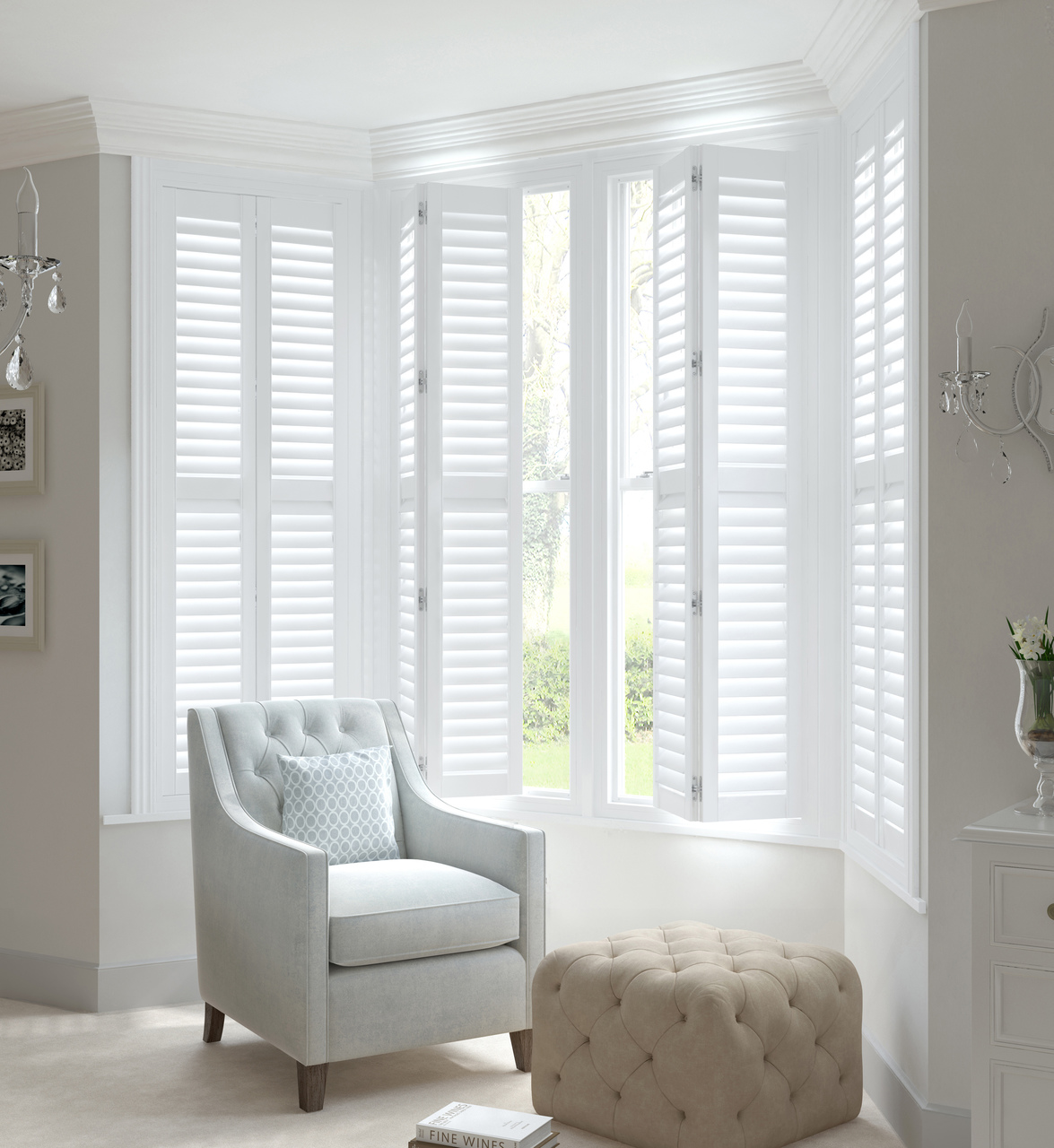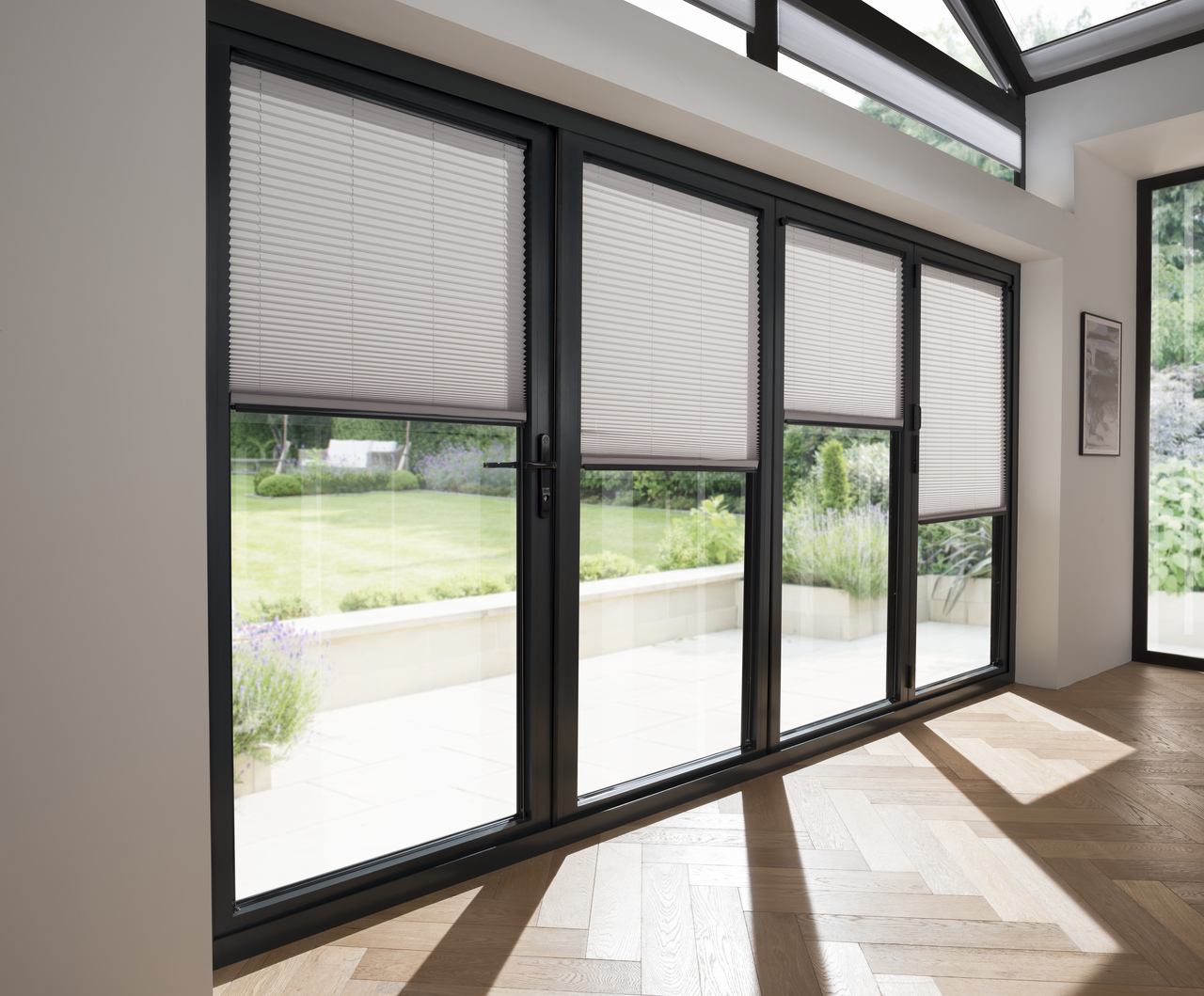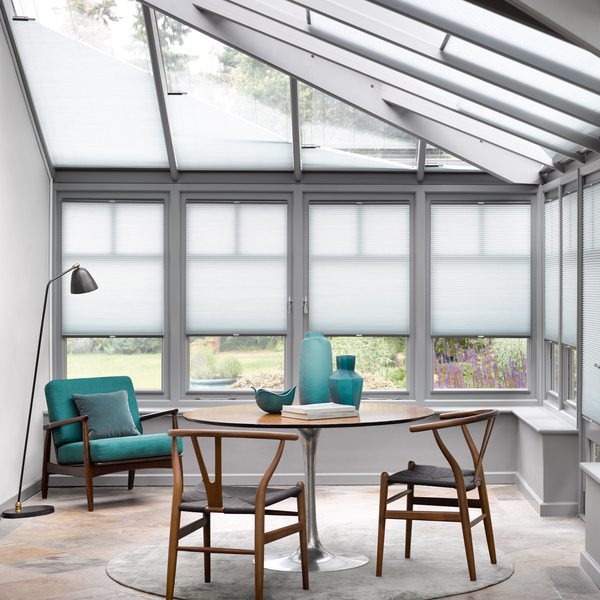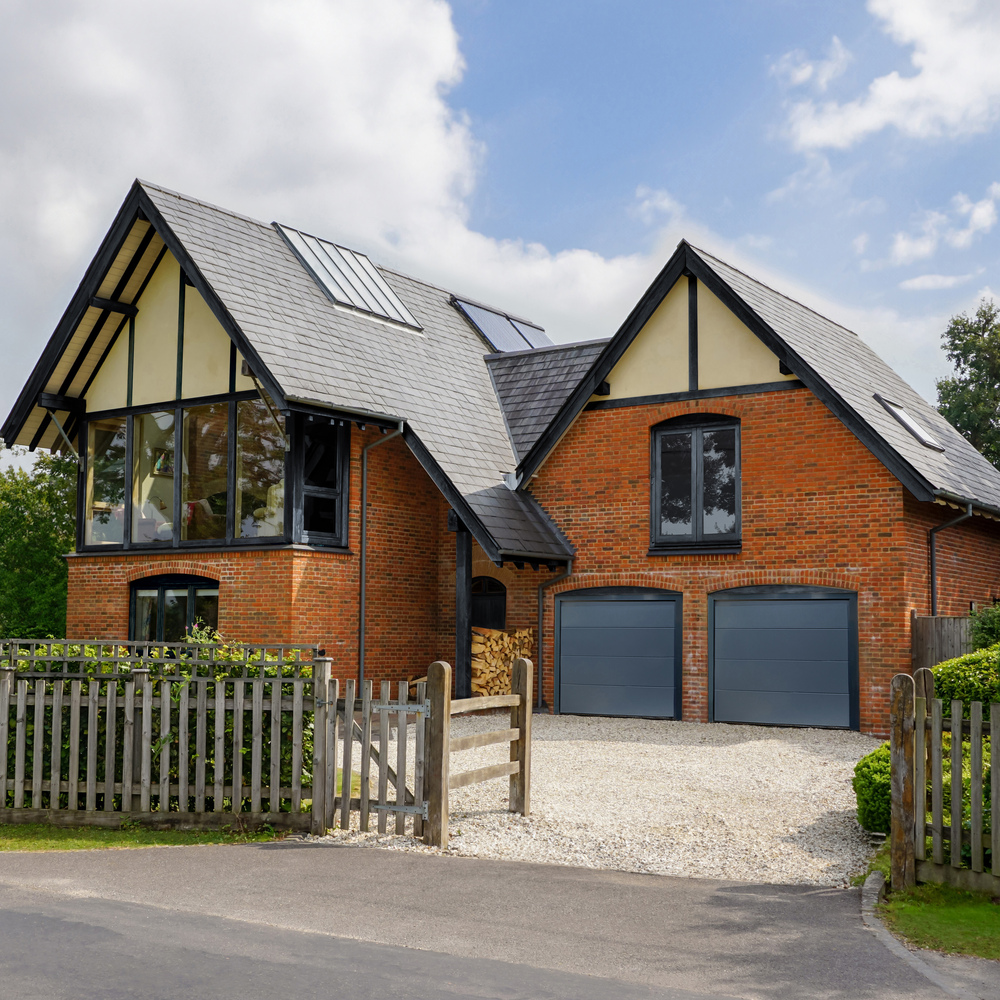It is safe to say that the bathroom is one of the most hardworking rooms in the house, and adding the right window dressing will help turn this everyday space into your own personal sanctuary. But choosing a bathroom blind comes with its own challenges. So, to make sure you choose a style or design that is built to last, here are the key things to keep in mind.
- MAIN MENU
- deeper submenu
- Previous header
- MAIN MENU
- Shutters
-
StylesWindow Types
- Blinds
-
Our RangeWindow types
- Conservatory Blinds
-
Type
- Awnings
- Garage Doors
- Inspiration
- About Us
- Contact
Add Another Sample
You have room in your basket for more samples. Click on the '+' to keep exploring.
Keep browsing







